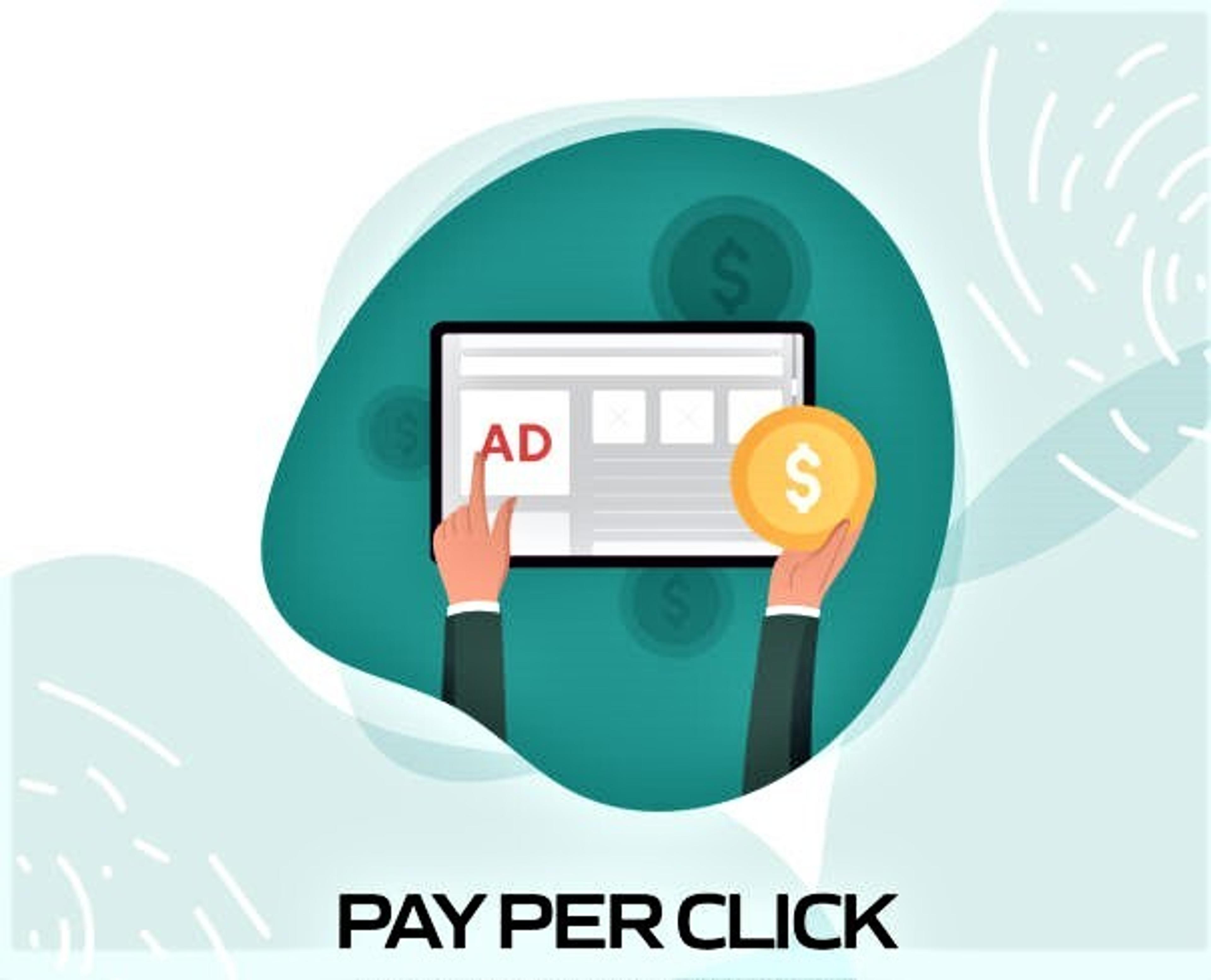/Staying Profitable With Your Amazon ACoS

Staying Profitable With Your Amazon ACoS
The Amazon ACoS is the Advertising Cost of Sale. It is a metric that shows Amazon sellers the amount of money spent on advertising costs per dollar of revenue made. It’s essentially a performance measure that evaluates the effectiveness of an Amazon PPC campaign.
This number is shown as a percent. And the objective of this article is to explain what the ACoS percent means, how to calculate your advertising cost of sale, and how to target it.
Calculating your Amazon ACoS
For starters, the ACoS percentage can be seen as a ratio between spending on advertisements and sales. The Amazon ACoS formula is: ACoS = (Ad spend / Ad sales revenue) x 100.
For example, a PPC ad generates $300 of revenue and $80 spent was the ad cost of the campaign. To get the ACoS, you would do, (80 / 300) x 100. So your ACoS would equal 26.67%.
To make sense of it, this would be your conclusion: For every dollar I make in ad revenue, I spend 26 cents. As you can see, it’s a pretty simple yet important equation.
Why ACoS is vital to managing your Amazon business
This number uncovers hidden costs that affect profit and is crucial for campaign success. ACoS tracks costs, calculates profit, and sellers can know their performance standing in just a glance at the screen for any Amazon advertising campaigns.
It’s a quick way for online business owners to make accurate and confident financial decisions. With Amazon PPC being a key way to boost online exposure, optimizing the Advertising Cost of Sales will benefit sellers greatly.
This also helps you to quickly calculate your break even ACoS, so you know exactly how much you can afford in total ad spend while running an Amazon PPC ad campaign.

You can view and depict ACoS on Amazon Seller Central. It can be found in a column on the right side of the Seller Central dashboard next to ‘Sales’.
To depict ACoS data, you can use segmentation to filter ACoS between the campaign, account, and group level. This informs you on standing in all of its aspects.
However, ACoS is more complex than the one formula.
The metric varies heavily depending on the product industry, competition, price, and more. So we will dive into what is a good ACoS that’s specific to your business and how to target it.
Evaluating whether an ACoS is good or bad, sellers must account for these 3 factors in order. They are profit margin, break even analysis, and target ACoS.
1. Profit Margin
Because Amazon ACoS doesn’t exactly tell you profitability, calculating the margin is the first step to seeing if your ACoS is good.
To do this, you must subtract all cost blocks which include manufacturing, shipping, production, and Amazon selling fees. The amount left over is the margin, which is profit.
2. Break-even Analysis
As we all know, the break-even point in economics is when total cost equals total revenue. In terms of ACoS, it means the point at which the ACoS = profit margin.
So to remain profitable, your profit margin must be higher than ACoS.
3. Find your Target ACoS on Amazon (TACoS)
While ACoS is starting to make more sense now, you’re probably still wondering how much less the ACoS should be than the profit margin. The answer is that it’s all based on your TACoS on Amazon goals.
For instance, say you want 15% profit after advertising costs and your break-even is 28%. The equation to get the TACoS is: (Breakeven ACoS - Target profit margin after ads). So we would do 28% - 15% = 13%. That means the target ACoS is 13%.
As I previously mentioned goals, ACoS doesn’t have to just be for-profit purposes.
Different business models have different goals. Some businesses, such as new startups, may want to initially focus on maximizing sales. Other businesses may want to maximize brand awareness. Through having different goals, ACoS can be chosen at different levels.
This leads to choosing either a high, low, or average ACoS. Each is a result of certain Amazon goals.
High ACoS
- Enhancing brand awareness
- Boosting visibility
- Trying to get rid of unwanted or excess inventory
- Having a sell-out business model
- (40% ACoS or higher)
Low ACoS
- Driving high profits
- Selling low-priced products
- Not needing to pay as much money for impressions, more established
- (20% ACoS or lower)
Average ACoS
- Main benchmark
- Maintaining consistent
- (Around a 30% ACoS)
Out of these 3, most Amazon sellers strive to specifically lower their ACoS to be more profitable. Here are some optimal ways to do so:
- Enhance product page content
The information written in the product details is part of Amazon’s algorithm in deciding on relevancy to the shopper. The context must be written with the purpose to persuade shoppers to buy your product.
Titles are also vital to page content. Titles are also vital in product relevance. Most importantly, content should coincide with keywords.
- Bid correctly
The bid amount you offer for PPC can make or break your ACoS, no matter how spot-on your keywords and content are. To bid the right amount, follow this equation: (Average order value * Conversation rate) / (1 / TACoS).
This will help you stay in line with your TACoS. Your goal is to be the front-runner, but you can still be given other ad placements if your bid is too low.
- Allocate Spending
Know your best performing campaigns and run with them. Don’t waste money trying to force a campaign to work; your ACoS will sky-rocket. So it’s very important to know the optimal area to spend money.
These ways will optimize your ability to keep the AoS low and profit more.
How is Amazon ACoS different from Amazon ROAS?
ROAS (Return On Ad Spend) is the inverse of ACoS. Remember how the formula to ACoS is: Ad spend / Ad revenue? ROAS is just the opposite, as its formula is: Ad revenue / Ad spend.
Hence, while ACoS shows money spent on ad sales, the Return on Ad Spend shows the money earned in ad sales.
Other Factors That Affect ACoS
We have covered the importance of ad spend, ad revenue, bids, and product pages in regard to Amazon ACoS. But Amazon’s platform is complex and many other factors can determine a seller’s sales and profitability rates. It’s smart to be mindful of these other metrics to check your performance:
Cost Per Click (CPC) - The actual price of a PPC auction
Click-Through Rate (CTR) - Shows the relevance of an ad through the equation, (Ad clicks / Impressions).
Conversion Rate (CVR) - Measures the success rate of advertisements by calculating, (Orders / Ad clicks).
These metrics are all accounted for in the Amazon ACoS percentage. This is because they make up the advertising spend and revenue.
Help and Alternatives
As you can conclude, this is extensive and can take a lot of time and research. It can be overbearing to tackle on your own. Spending too much time on this one aspect of running an Amazon business can impede full success in other areas.
Luckily, sellers have options to help themselves.
1. Use a PPC Automater
Using a PPC agency can save you time on your ad campaigns as you can pay to get them generated. Using a service like this can allow you to focus on your business without having to worry about the constant analysis and computations.
However, it is difficult to use a PPC automation service to follow your Amazon ACoS. As I said earlier, your ACoS goals can change depending on your goals and the phase of your business life. An external PPC automaton may not exactly line up with your TACoS.
2. Use an Amazon Repricer
There are pros and cons to using any external service to aid your online business. But a repricer is ideal if you’re not inclined to take all the PPC and ACoS measures. While we know why ACoS is accounted for, a repricer can be a service to help you meet the same goals.
A repricer, such as Aura Repricer, can align with your goals while remaining profitable. Rather than focusing on PPC campaigns, repricers use Buy Box ownership to accomplish goals. This allows you to stay hands-off too.
This is vital seeing over 82% of Amazon sales are directly made through the Buy Box. PPC ads are just the pathway to a hopeful sale.


